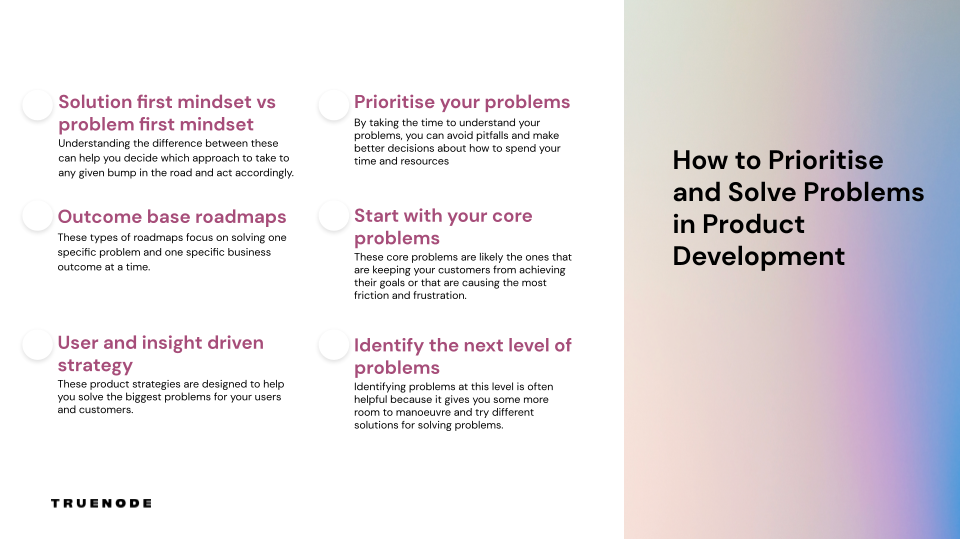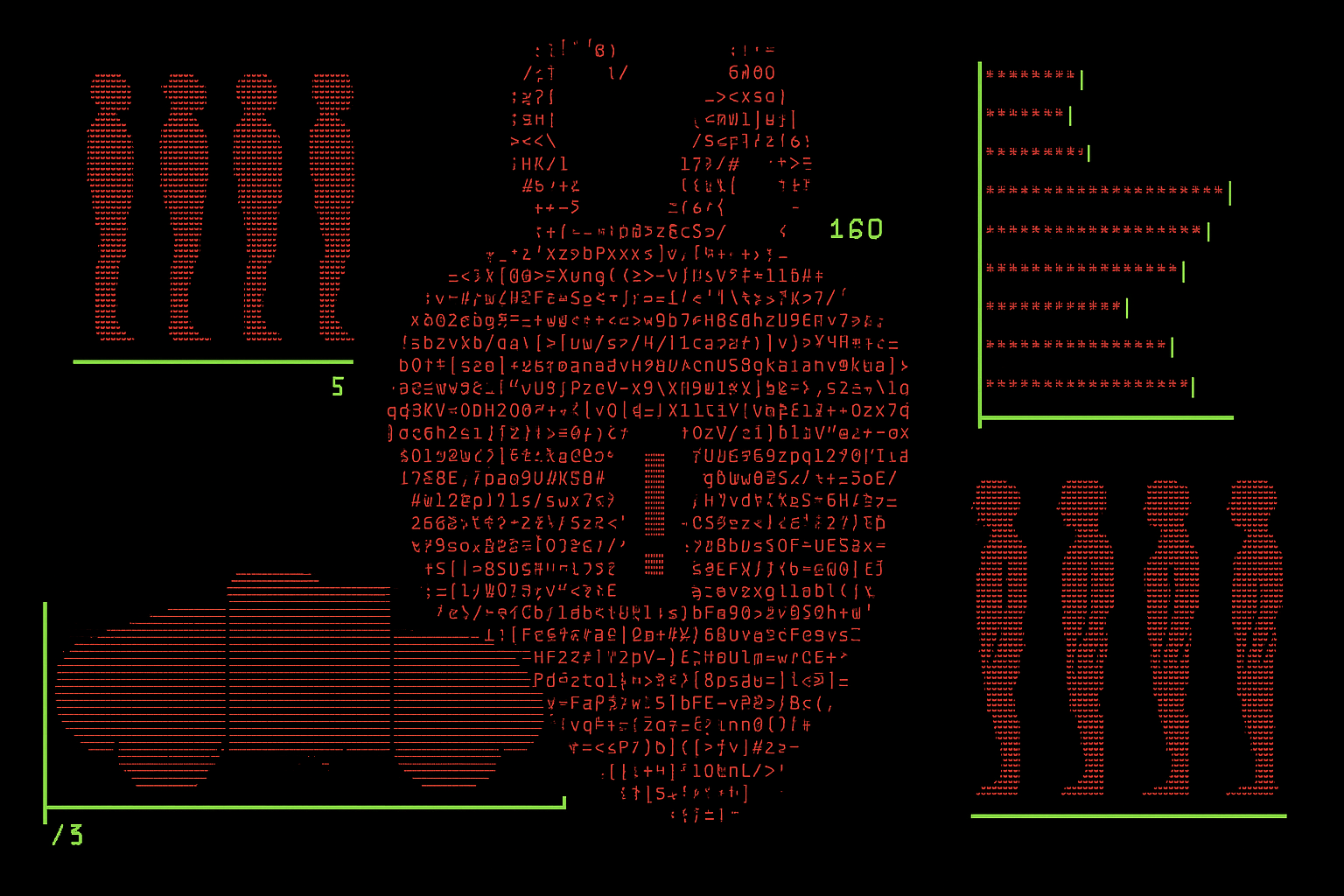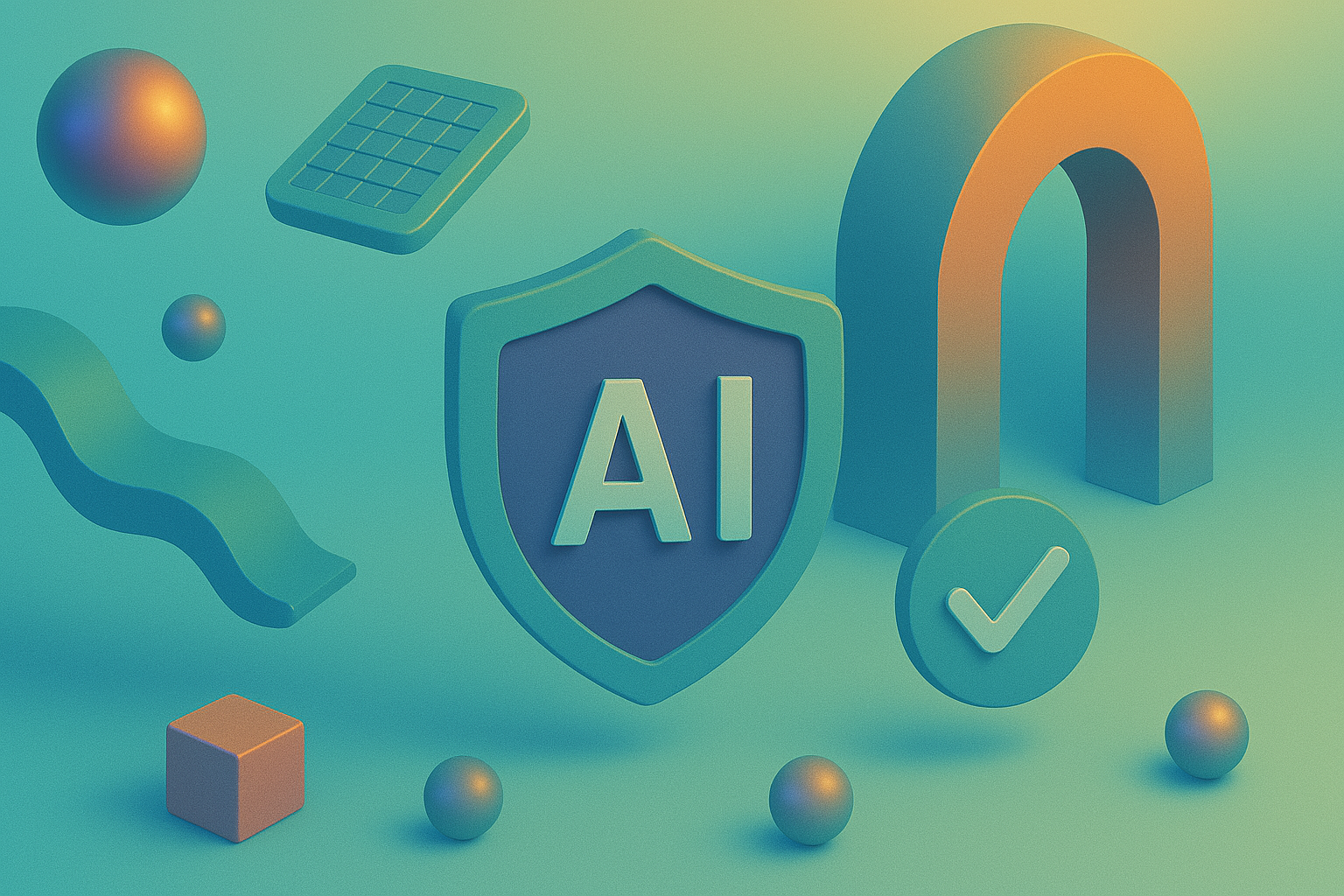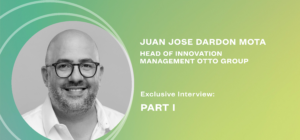Article

How to Prioritise and Solve Problems in Product Development
Product development can be a long and a difficult process with many challenges along the way. Deciding which issues to tackle first can be a little overwhelming but understanding how to prioritise your problems and which order to deal with them can be a key foundation for an efficient development cycle.
Solution first mindset vs problem first mindset
Although both approaches can be helpful at certain times, it’s important to understand that there is a difference between a “solution first mindset” and a “problem first mindset”.
A solution first mindset is when you focus on finding a solution to a problem without fully understanding the root cause or “why” it exists. This might include things like using a “spray and pray” approach to growth marketing or launching a new product feature without fully understanding why it’s needed. A problem first mindset would be when you focus on understanding the root causes of a problem first, before trying to come up with a solution. This might include things like using an “evidence-based” approach to growth marketing or launching a new product feature after conducting qualitative user research first.
Understanding the difference between these can help you decide which approach to take to any given bump in the road and act accordingly.
Outcome base roadmaps
Outcome-based roadmaps are a great way to solve the right problems. These types of roadmaps focus on solving one specific problem and one specific business outcome at a time. These problem-based roadmaps are designed to focus on finding the biggest problems to solve for your particular business.
An easy way to approach this is to take a look at your existing product roadmap and cross out everything except for the business outcomes that each product feature is meant to solve. This can help you to focus on the “why” behind each product feature. It can also help you to identify which problems are the most important to solve for your business and company as a whole.
User and insight driven strategy
Another way to solve the right problems is to focus on user and insight-driven strategies. These product strategies are designed to help you solve the biggest problems for your users and customers. They are focused on solving the root cause of a problem and bringing real value to your users. This might involve things like conducting qualitative user research, testing new product features, or trying to understand the true needs of your users through a user needs analysis.
An easy way to implement these product strategies is to create a list of the biggest problems in your product and a list of the biggest insights you’ve gained from your users. Then, try to find ways to connect the two lists together and try to come up with a solution to solve each problem.
Prioritise your problems
When it comes to prioritising, it is crucial to understand the nature of your problems. This will help you identify which are the most important to tackle first. The most common mistake people make when prioritising is not identifying the true nature of their issues. The result of this is that they end up wasting time and resources on trivial matters. By taking the time to understand your problems, you can avoid these pitfalls and make better decisions about how to spend your time and resources.
Start with your core problems
Core problems are the biggest problems that exist in your product right now. They are the problems that are most directly impacting your customers. These core problems are likely the ones that are keeping your customers from achieving their goals or that are causing the most friction and frustration. These core problems are also likely the ones that will help your business to grow and generate the most revenue. By focusing on solving your core problems first, you can make sure that you are solving the most important problems for your business. You can also make sure that you are putting your time and energy into solving the right problems.
Identify the next level of problems
After you’ve solved your core problems, you can then move on to identifying the next level of problems that exist in your product. These are problems that are directly related to your core problems. They are problems that are impacting your customers and causing frustration. However, they are not as directly impacting their core problem. Identifying problems at this level is often helpful because it gives you some more room to manoeuvre and try different solutions for solving problems. It also gives you more time to try out solutions and find the best way to solve each problem. By starting with your core problems first and then moving on to identifying the next level of problems, you can make sure that you are solving the most important problems first.

Conclusion
Despite the many challenges that exist when developing new products, it can be done successfully. If you have a well-rounded team that is able to understand and manage these challenges, you’ll be able to successfully develop your products.
If you want to improve your chances of success, you should start by understanding your problems better. You can do this by creating a list of the biggest problems in your product, a list of the biggest insights you’ve gained from your users, and identifying how they are connected to each other. Once you’ve got the top three problems on your list, start prioritising them so that you can quickly identify the next level of problems. Identify the next level of problems with your core problems listed first. You should also make sure to put the right resources into solving each problem. At the top of the list should be team members who are able to address core challenges. Then, add in the right resources that can help you solve the challenges at a granular level.
By taking these steps, you can ensure that you are focusing your efforts on solving the right problems so that you can bring real value to your customers. Then, when you have a successful product, you can make sure to continue improving it.
About Dan Parry
Dan is a Product Manager with almost 10 years of experience in the digital product space. He also hosts a tech podcast helping newcomers break into the world of tech and hosts a community for product minded people in Berlin to network and connect.
Currently our Head of Product at TrueNode, Dan is helping us deliver high quality solutions to our clients and partners.






